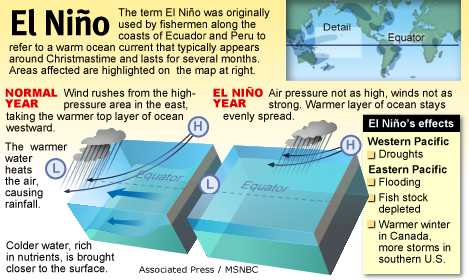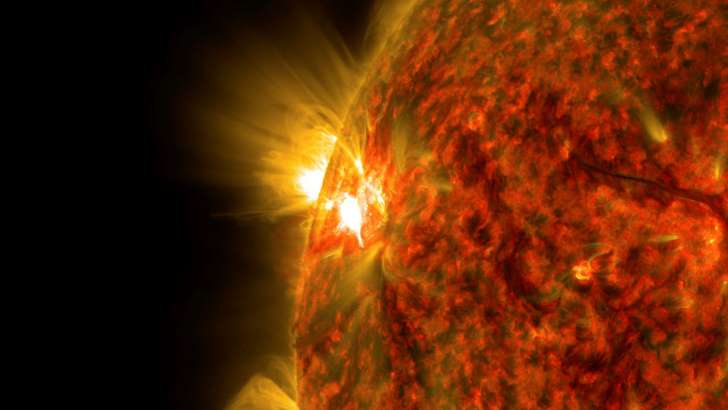Spring Weather Warnings
Our introduction to Spring plans to bring more snow, and slush. This will make for treacherous and stormy trails on First Day of Spring.
NY, NJ and CT residents have waited eagerly for Spring, but it may be marred by a slushy, wintry storms and wicked weather no one wants.
Long Island Sound area residents may see as much as 6 inches of accumulation before Friday evening. A slushy 4 inches are probable in New York City, on Long Island and in parts of New Jersey. NYC has issued a snow alert ahead of the storm. Friday are expected to cap out at slightly above the freezing mark.






